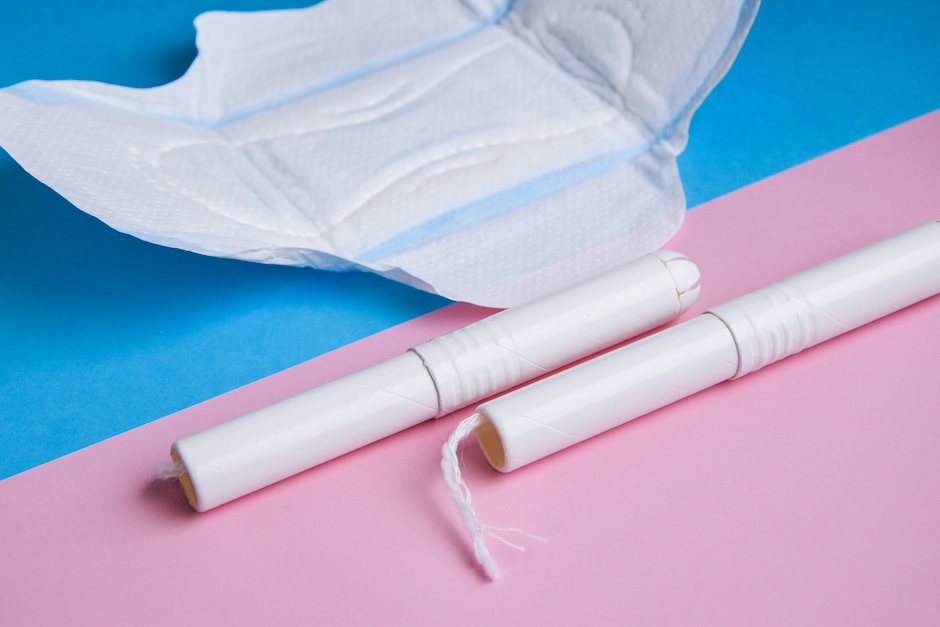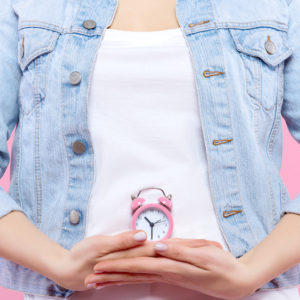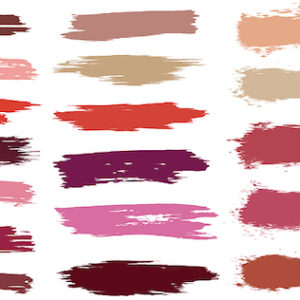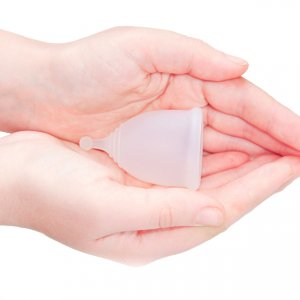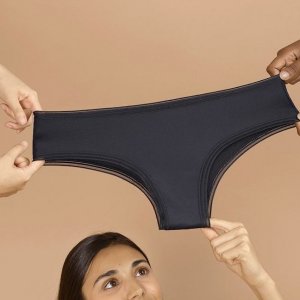Women don’t spend a lot of time discussing what kinds or brands of feminine hygiene products they use. The topic is delicately avoided and mention of periods and feminine health send men —and even some women— squirming away from conversations. But it’s time we change that. It’s time we take a look at what we are exposing our bodies to each month during our cycles. Are you even aware of the dangers of most feminine hygiene products?
Permeability of Vaginal Mucosa
We know that our skin is our body’s largest organ. While our skin has effective mechanisms to protect against harmful chemicals, it is not fail-proof. So many factors affect how much of a substance gets through. Another consideration is that not all skin is the same. The delicate skin in and around the vagina is especially permeable.
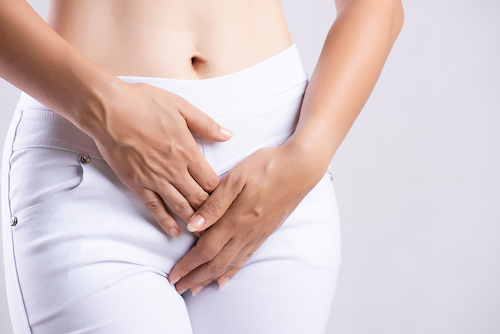
We owe most of the protective qualities of our skin to keratinized epithelium. Keratin forms a tough, insoluble layer that protects our skin. Tougher areas of skin, say the elbows for example, have more keratin and are thus less permeable. Thinner, more fragile skin contains less keratin and is more permeable. This is why many dermal applications are most effective when applied to areas like the inside of the arms or thighs. These thin areas of skin have less keratin and allow better absorption of the medications.
The skin of the vagina differs from most areas on your body in that it has very little keratin at all. According to one extensive scientific review, the phrase “mucosal skin” is misleading, for skin is dry and covers areas outside the body, whereas mucosa is moist and lines body cavities. The term stratified squamous mucosa is more appropriate for the tissue in and around the vagina.
What’s more is that this vaginal mucosa is the most permeable skin in the human body. In fact, a flux test in which researchers examined the amount of water that passed through skin showed that vaginal skin is more permeable than the areas inside the cheek and under the tongue.
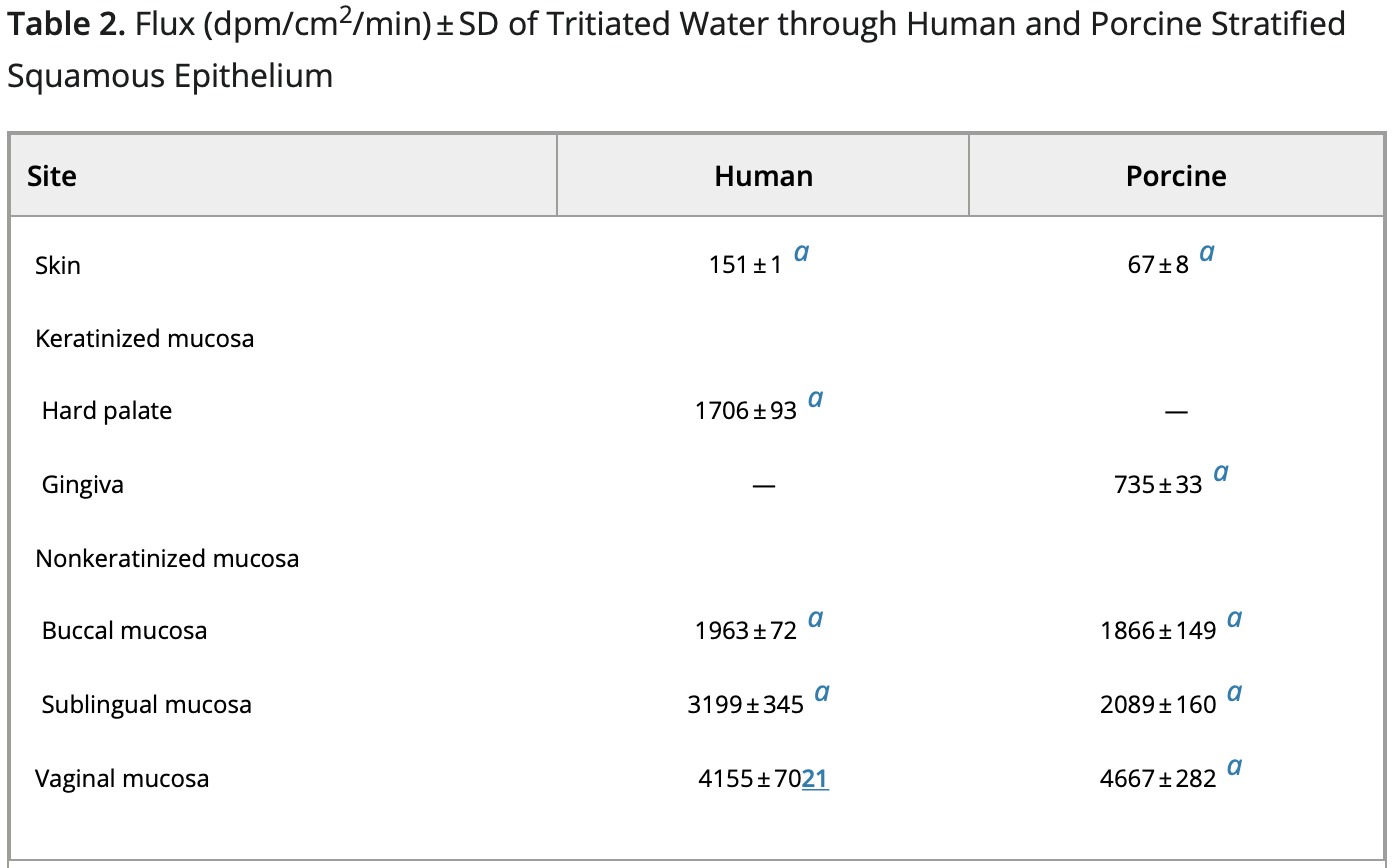
So all of this to say, your vagina is very absorptive. It soaks up pretty much everything you put in and around it. This makes it super important that we are aware of the chemicals in our feminine hygiene products and the dangers they present.
The Scary Truth
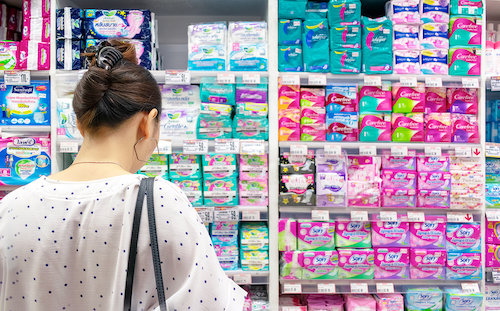
Before you go rushing to read the labels on your hygiene products, you should know: Because feminine hygiene products are considered medical devices, manufacturers are not required to disclose the ingredients. In fact, the Menstrual Products Right to Know Act of 2017 attempted to enact laws requiring manufacturers to provide ingredient lists on their packaging. Sadly, this bill was not approved.
What’s in Your Pads & Tampons?
Here’s a rundown of some of the most common ingredients contained in your feminine hygiene products.
Dioxins
According to the EPA, dioxins are highly toxic. They are known to cause cancer, reproductive and developmental problems, damage the immune system, and interfere with hormones. Most pads and tampons contain rayon. Dioxin is a byproduct of rayon. The FDA says trace amounts of dioxin are not of concern for human health. However, this does not take into consideration the vast permeability of the vagina, nor the fact that the average American woman will use up to 20,000 tampons and pads in her lifetime. Given these facts, how “acceptable” is that trace amount of dioxin?
Synthetic Fibers
Researchers report that highly absorbent synthetic fibers cause the production of large quantities of toxins absorbed by the vaginal mucosa. Synthetic fibers concentrate menstrual proteins more than natural cotton and provide the perfect environment for toxin production.
Staph bacteria is normally present in the vagina. However, when the vagina becomes toxic, it allows the bacteria to get out of hand. The result is toxic shock syndrome (TSS), which is potentially fatal if not treated. Additionally, all tampons cause micro-tears in the vaginal wall when they are inserted and removed. These tears also increase susceptibility to infection and chemical absorption.
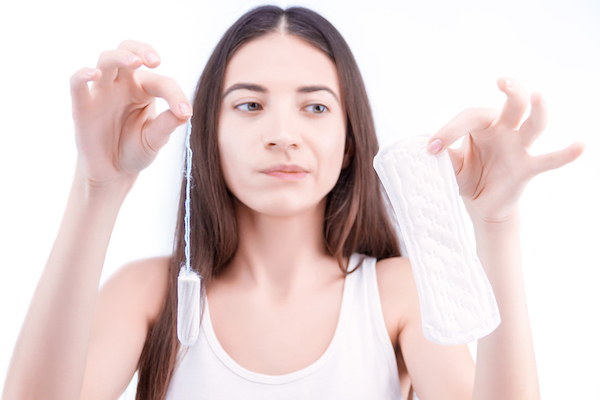
Fragrance
How about some good ol’ petrochemicals in your vagina? Ironically, fragrances in feminine hygiene products can actually cause foul odor. This is because the hundreds of unnamed chemicals in fragrances contribute to vaginosis and other infections. Scented pads and tampons disrupt the healthy bacterial flora of the vagina and make it more susceptible to infection. Worse yet, severe vaginosis can even lead to cervical cancer.
Other Chemicals
- Phthalates – classified as reproductive and developmental toxicants.
- Volatile Organic Compounds (VOCs) – linked to dizziness, skin irritation, allergic reactions, and kidney damage to kidneys and the central nervous system.
Is it Worth the Risk?
While the FDA chooses to turn a blind eye to the potential dangers of feminine hygiene products, many women say it is simply not worth the risk. Fortunately, we have various options when it comes to menstrual hygiene. Menstrual cups are gaining popularity, as are period underwear.
Women are more informed these days. We are learning to turn a skeptical eye toward marketing from major feminine hygiene brands. We are doing our research, and we are seeking alternatives. As we do so, the good news is that SO many women say they actually prefer these natural alternatives for period care.
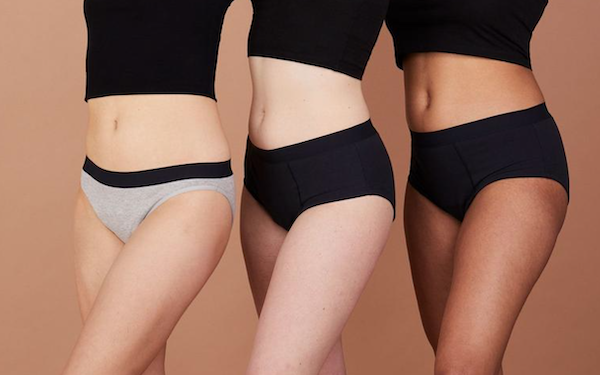
Personally, I have been pleasantly surprised at the efficacy and comfort of Thinx underwear. They’re cute, but they’re also easy to wear, and they really do work. Plus, I feel better about making a healthier choice for my body.
Their organic cotton underwear is Organic Content Standards and Global Organic Textile Standard certified, and all the materials that go into Thinx, as well as the finished underwear itself, are OEKO-TEX Standard 100 certified. Unlike many other companies, Thinx also discloses the materials in the gusset of the underwear on their website, so I know exactly what I’m wearing when I put on a pair.
Having a period solution that’s simple and safe should be the norm, and I’m happy I found a company that’s leading the way.
Want to learn more? Check out this post about my Thinx experience. Or just give them a try for yourself: Get a $10 discount on Thinx Panties for your next cycle.
